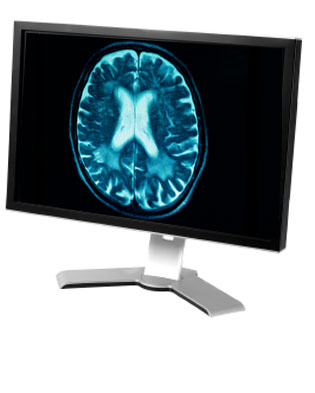Integrative Neuromonitoring and Critical Care Informatics Group - Courses
Our research brings together concepts from signal processing, systems and control theory, modeling, and estimation to address questions in clinical medicine and physiology, particularly in neurocritical care. We are involved in teaching these concepts at the undergraduate, graduate, and professional level.
At the professional level, we are contributing to the MIT Professional Education program through our Short Course on
Quantitative Cardiorespiratory Physiology with Clinical Applications for Engineers
This course presents the functional anatomy, physiology, and pathophysiology of the cardiovascular and respiratory systems from an engineering perspective. The goal of the course is to enable engineers and managers from industry to understand the normal cardiorespiratory physiology at the systems level, to predict system behavior under normal operation and pathological stresses, and to understand what commonly monitored clinical signals reveal about the state of the system. Strong emphasis will be placed on describing the cardiovascular system quantitatively, drawing on physical principles and deriving models of cardiovascular and respiratory function that illuminate the organ systems’ operation.
At the undergraduate level, our students usually complete a core curriculum in signals and systems, and in quantitative physiology. The key subjects are the following four (and we are often involved in teaching them):
6.003 Signals and Systems
Presents the fundamentals of signal and system analysis. Topics include discrete-time and continuous-time signals, Fourier series and transforms, Laplace and Z transforms, and analysis of linear, time-invariant systems. Applications drawn broadly from engineering and physics, including audio and image processing, communications, and automatic control.
6.011 Introduction to Communication, Control, and Signal Processing
Examines signals, systems and inference as unifying themes in communication, control and signal processing. Topics include input-output and state-space models of linear systems driven by deterministic and random signals; time- and transform-domain representations in discrete and continuous time; group delay; state feedback and observers; probabilistic models; stochastic processes, correlation functions, power spectra, spectral factorization; least-mean square error estimation; Wiener filtering; hypothesis testing; detection; matched filters.
6.021 Cellular Neurophysiology
Integrated overview of the biophysics of cells, with a focus on mass transport and electrical signal generation across the cell membrane. First half of the course focuses on diffusion, osmosis, chemically mediated and active transport. The second half focuses on ion transport, action potential generation and propagation in electrically excitable cells. Electrical properties are interpreted via kinetic and molecular properties of single voltage-gated ion channels. Laboratory and computer exercises illustrate the concepts.
6.022 Quantitative Systems Physiology
Application of the principles of energy and mass flow to major human organ systems. Mechanisms of regulation and homeostasis. Anatomical, physiological and pathophysiological features of the cardiovascular, respiratory and renal systems. Systems, features and devices that are most illuminated by the methods of physical sciences. Laboratory work includes animal studies.
At the graduate level, a key additional subject is:
6.341 Discrete-Time Signal Processing
Representation, analysis, and design of discrete time signals and systems. Decimation, interpolation, and sampling rate conversion. Noise shaping. Flowgraph structures for DT systems. Lattice filters. Time- and frequency-domain design techniques for IIR and FIR filters. Parametric signal modeling, linear prediction, and the relation to lattice filters. Discrete Fourier transform (DFT). Computation of the DFT including FFT algorithms. Short-time Fourier analysis and relation to filter banks. Multirate techniques. Perfect reconstruction filter banks and their relation to wavelets.


